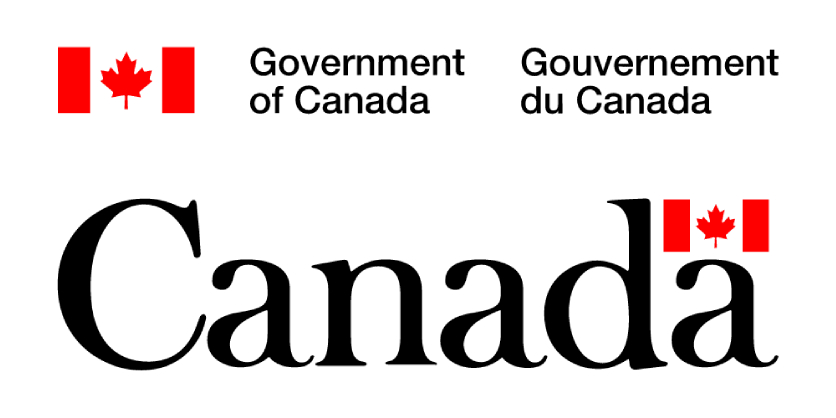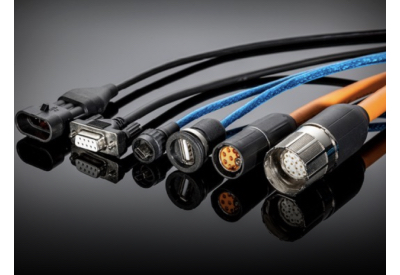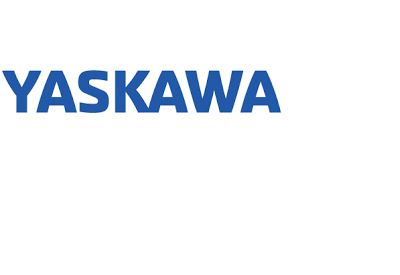Government of Canada Invests in Heat Pump Training for Skilled Workers in a Cleaner Economy Across the Country
August 14, 2024

Hundreds of thousands of Canadians are switching to heat pumps as a way to cut their energy bills and contribute to the fight against climate change. The increased demand in heat pumps, backed by a range of government programming, is supporting good jobs in a cleaner economy. Installing and maintaining this technology requires new skills from heating, ventilation and air conditioning (HVAC) technicians.
On August 13, Julie Dabrusin, Parliamentary Secretary to the Minister of Environment and Climate Change and to the Minister of Energy and Natural Resources, announced over $500,000 in federal funding to support the Heating, Refrigeration and Air Conditioning Institute of Canada (HRAI) to help address the skills gap for heat pump proficiency. She was joined by Tony Van Bynen, Member of Parliament for Newmarket—Aurora, Ontario, and Nancy McKeraghan, Principal of Canco ClimateCare and appointed Chair of HRAI.
The current residential HVAC workforce employs thousands of technicians whose skills need to be updated as the heating and cooling industry evolves. This investment by the Government of Canada will help HRAI to:
- enable the industry to take on more work in the growing clean economy;
- create a benchmark of skills and knowledge needed to safely and competently install and service electric heat pumps;
- identify the skills gap in the existing workforce;
- work collaboratively with colleges to develop training that can be delivered in an accelerated and flexible format to address the identified gaps; and
- pilot this training with a small group of gas and licensed technicians in Ontario.
By supporting initiatives like these, we are ensuring that the HVAC workforce remains relevant, stays employed, and has the skills to safely install and maintain heat pump technology as Canada moves toward a low carbon economy.
Quotes
“Canada is in the midst of a heat pump boom. Heat pumps are the most affordable home heating and cooling system on the market. They lower energy bills. They reduce greenhouse gas emissions. And they create good jobs. Today’s announcement provides funding to train workers to ensure they can benefit from the heat pump boom. Our workforce will remain one of the most highly skilled in the world as Canada rapidly transitions to a low carbon economy.”
– Julie Dabrusin, Parliamentary Secretary to the Minister of Environment and Climate Change and the Minister of Energy and Natural Resources
“As we make heat pumps more affordable and accessible to Canadians, we need to empower our existing workforce and bridge the skills gap. Heat pumps are a great way for homeowners and residents to save money on their energy bills and a key technology in Canada’s move to greener energy, but as the demand for the technology increases, so too does the demand for skilled technicians who can install and maintain the technology.”
– The Honourable Steven Guilbeault, Minister of Environment and Climate Change
“Energy efficiency means cost savings for Canadians. At a time when we are facing challenges with affordability and climate change, we are delivering on the Green Buildings Strategy. This plan meets Canadians where they are at and delivers the action they need, at the pace and scale they are demanding. Canada’s first-ever Canada Green Buildings Strategy is a plan to save Canadians money, create jobs, and seize the economic opportunities that a clean and sustainable economy presents, and the Toward Net-Zero Homes and Communities program does just that.”
– The Honourable Jonathan Wilkinson, Minister of Energy and Natural Resources
“I’m proud to see a local Newmarket business like Canco ClimateCare leading the way in green home solutions like heat pumps, contributing to our community and Canada’s sustainable future. This investment in training ensures our workforce can meet the growing demand for energy-efficient technologies.”
– Tony Van Bynen, Member of Parliament for Newmarket—Aurora
“This project will identify specific skills deficiencies and the education the current workforce may need to support today’s (and tomorrow’s) heat pump technologies. It will inform employers and training providers in the industry about needed training development and will help focus apprenticeship efforts for in-the-field experience.”
–Martin Luymes, Vice President, Government and Stakeholder Relations, HRAI
“At the end of the day, our goal with this project is to enable the creation of training and apprentice supports that will empower the workforce to safely and competently install and service today’s electric heat pumps, to ensure efficient operations, inspire confidence from customers, and minimize service and warranty issues.”
– Sandy MacLeod, President and CEO, HRAI
Quick Facts
- Electric heat pumps are a proven technology that heat and cool homes and other buildings by using electricity to move heat from one space to another. In the winter, they draw heat from the outside air and pump it into indoor spaces. In warmer weather, they remove heat from an indoor space, thereby cooling it.
- As of 2023, seven percent of Canadian homes are using electric heat pumps as their primary heating system, one in four Canadian homeowners is planning to replace primary heating systems in the next five years, and 300,000 heat pumps were shipped to Canada in 2021, 20 percent more than gas furnaces.
- The Heating, Refrigeration and Air Conditioning Institute (HRAI) of Canada is receiving funding for its project remedying the heat pump technology skills gap from the Low Carbon Economy Fund’s Implementation Readiness Fund stream and the federal Toward Net-Zero Homes and Communities program.
- The average Canadian home that uses heating oil spends $2,000 to $5,500 on energy bills per year, depending on the province or territory – making it the most expensive heating option. Homeowners who switch from an oil furnace to a cold climate heat pump could save approximately $1,500 to $4,500 per year on their home energy bills.
- In July, the Government of Canada launched the Green Buildings Strategy, the plan to make life cost less for Canadians, fight climate change, and support good paying jobs across the country. The Strategy aims to accelerate retrofits of existing buildings, ensure we are building energy-efficient, climate-resilient, and affordable buildings from the start, and seize the economic opportunities associated with more efficient and lower-carbon building materials and technologies. It introduces the $800 million Canada Greener Homes Affordability program to assist low- to median-income Canadians, including tenants, by providing home retrofits at no cost. It also includes a commitment to phase out oil heating in new construction in the coming years.
- The Low Carbon Economy Fund supports projects to reduce Canada’s greenhouse gas (GHG) emissions, generate clean growth, build resilient communities, and create good jobs for Canadians.
- The Toward Net-Zero Homes and Communities program provides funding to support the implementation of original and creative tools and methods to pursue net-zero residential building emissions by 2050, and initiatives that empower all residents to contribute to Canada’s transition to this goal of net-zero residential building emissions. The program supports Indigenous, rural and remote, and under-resourced communities in their efforts to reduce residential GHG emissions.
- As part of the Low Carbon Economy Fund, the Implementation Readiness Fund stream focuses on developing and enhancing human and/or institutional resources such as workforce development and training, network development, and knowledge sharing.
Related Story
Government of Canada’s New Canada Green Buildings Strategy: A Plan to Help Canadians Save Money on Their Energy Bills
On July 16, the Honourable Jonathan Wilkinson, Minister of Energy and Natural Resources, released Canada’s first Green Buildings Strategy — a strategy focused on saving Canadians money on their energy bills, creating good jobs, seizing the economic opportunities enabled by the low-carbon economy, all while reducing harmful greenhouse gas (GHG) emissions.
The Canada Green Buildings Strategy (CGBS) will drive energy efficiency improvements in Canadians’ homes and buildings, with a key focus on addressing affordability and reducing greenhouse gas emissions.



